I suppose that the Hasselblad X-Pan (or Fuji TX1 as it was for the Japanese market) is pressing it when it comes to the qualification of compact, but its bold design and concept make it a worthy topic. The Hasselblad X-pan is a fairly straight forward camera – A rangefinder with 3 available lenses; it shoots both panoramic and standard ratio photographs. For test images, I’ve used the following films: Adox CHS II ASA 100 and Ilford FPS+ ASA 125. Every photo is taken with the 45mm lens, a Intensifier filter, red filter or none at all. Each shot was taken via aperture preferred automatic to see how the camera did operating on it’s own.
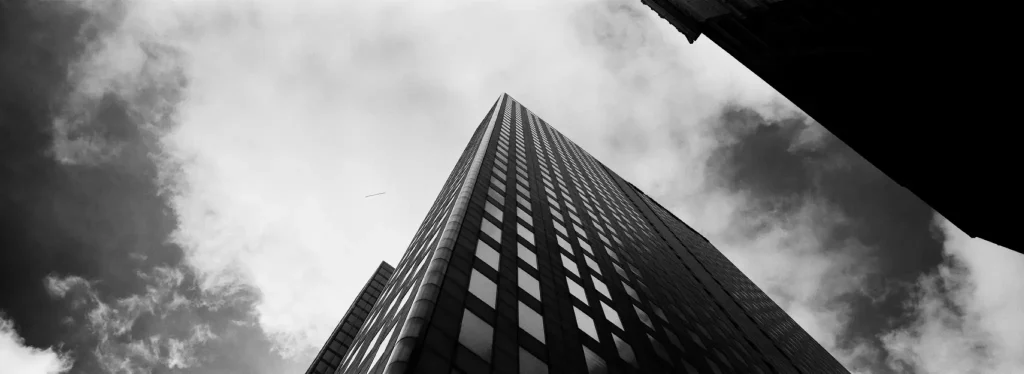
Background…
The choice of Fuji & Hasselblad to create such a niche camera was bold in itself, made even bolder (and riskier) by its release in the later days of the reign of film. As the market continued to shift from film to digital – before the renaissance of film we’re seeing now – two brands dared to do something that’s rather ridiculous if you think about it, they decided to create an expensive, costly in both market price and development, new system with a new mount for a niche group of photographers. Make no mistake about it, the Hasselblad X-Pan isn’t a camera designed for hobbyists, it’s a professional level system with optics to rival even the mighty M glass in both price and quality.
This titanium and aluminum beauty is a joint venture between Fuji and Hasselblad. Released in 1998 prices used have in the past fetched as much as $5400, but these days you can grab an X-Pan at around $1500-2000 in great shape with the 45mm f4 and if you’re lucky you’ll get the little hotshoe mount bubble level.
Speaking of the level, it’s a nice thing to have. I laughed a little at first, thinking I’d never use it, but my first day on the street resulted in photos so cockeyed the images look like a drunken misfire. So if you buy an X-Pan and it doesn’t come with a level, hunt one down on eBay.
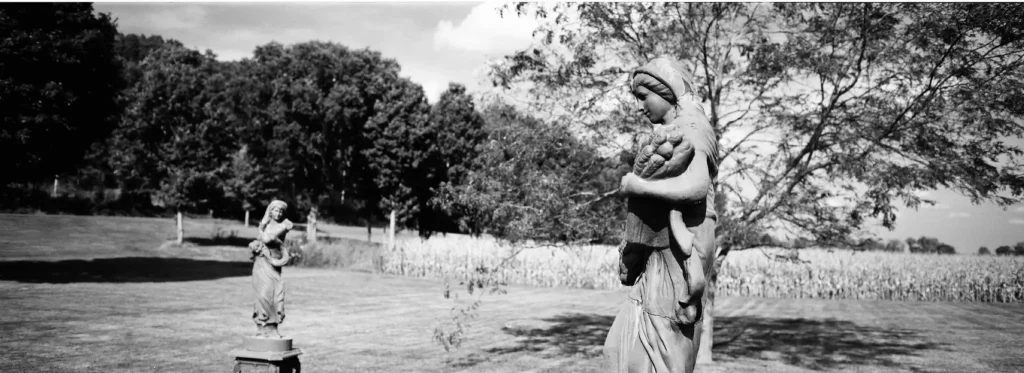
Overview…
I’ve always wanted to get into panoramas but the large and bulky 120 pano cameras just aren’t something I’m comfortable with. For someone that isn’t used to shooting an RF, the X-Pan may take a little getting used to, but anyone who’s spent any time with an M, or any other refined RF such as a Zeiss or even an Oly 35 RC, you’ll catch on fast. You just need to get used to a bigger body. This bigger size is probably my main gripe; it’s a rather heavy camera and adds a lot to your bag or weighs down your jacket. Carrying this and an M means one really heavy bag.
There’s no manual wind and the camera requires power to run, just like an M7. So you’ll maybe want carry an extra battery as well – the camera can’t function without that juice (it takes CR2 batteries).
The camera itself is very straight forward, with aperture priority and manual shooting modes. It has a shutter speed dial on the camera with speeds of 8 sec to 1/1000 sec (Flash sync 1/125). Aperture and focus are controlled on the lens, and it has manual ASA selection. Some say the ASA/ISO can be easily bumped but I don’t find this to be an issue. Metering is fantastic – it’s TTL center weighted, but in all the rolls I’ve shot, I’ve never had to worry about the camera not getting the shutter speed right.
You have single, continuous and timed shooting modes and a bulb function. Continuous mode fires at 2 fps in pano, 3 fps in standard format.

The Hasselblad X-Pan is no one trick pony – it can be switched from standard 35mm framing to panoramic on the fly (24×36mm size and panoramic 24×65mm). In pano you’ll get around 21 images on a 36 exposure roll, if you change shooting mode/format the number of exposures is automatically updated on the top display.
The only issues you may come into contact with when shooting is the Hasselblad X-Pan is some users complain that there isn’t a shutter speed readout in the viewfinder as in the later X-Pan II, though I don’t find this to be an issue for how I shoot it.
Some people have also said there can be some fogging on infrared films, although the degree to which this is an issue seems to vary based on experience, I haven’t shot any IR film yet so I can’t personally comment.
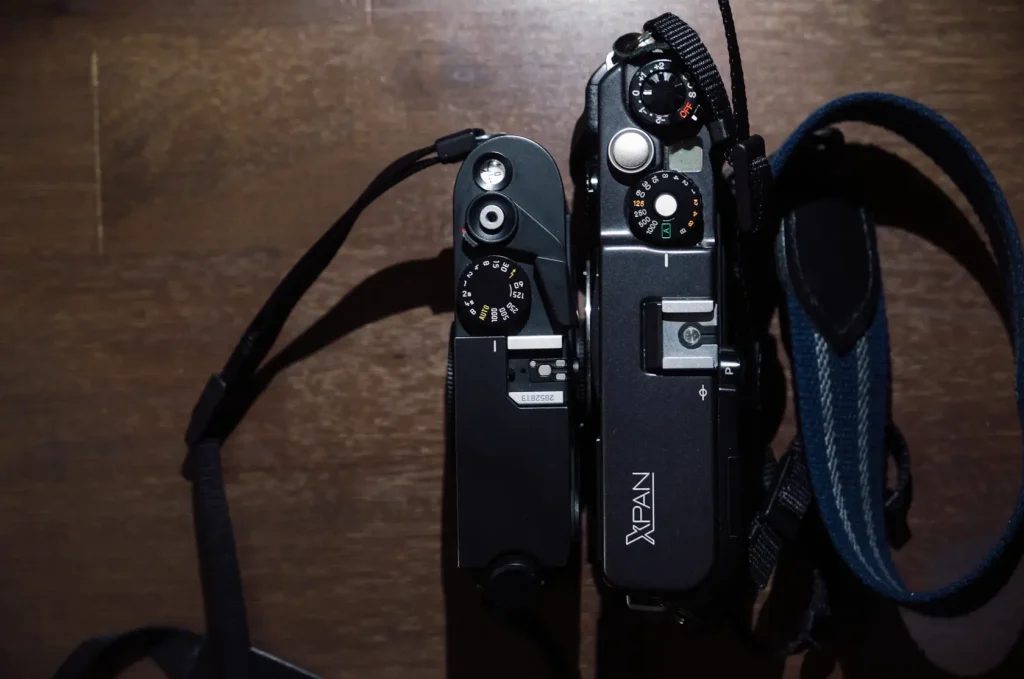
Quality…
The camera itself shouldn’t surprise anyone as being amazing, it’s a joint venture between two rather outstanding brands – Fuji and Hasselblad. The only quality issue with this camera is the paint job. The paint wears with ease and since it’s not a pretty brass like an M, the wear reveals the dull ugly grey of titanium. Frankly, this shouldn’t be a big deal for anyone as the X-Pan is the only camera of its kind and anyone who is a working photographer or serious hobbyist, is going to beat up their gear a bit anyway. Just suck it up and go with it.
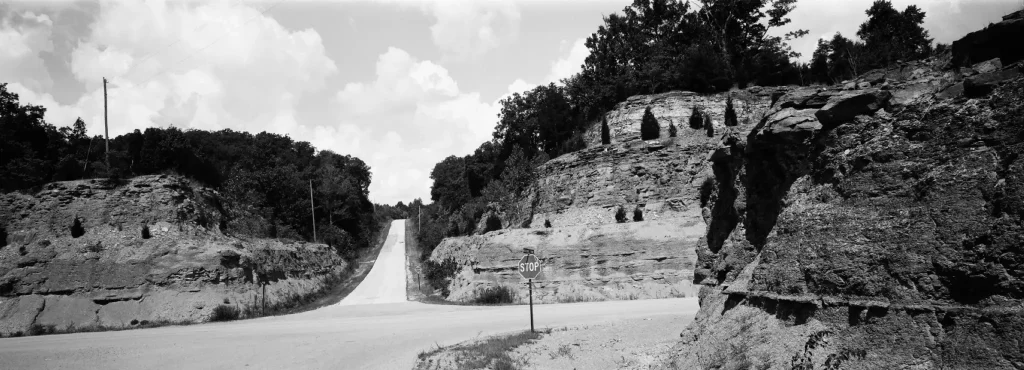
Optics…
I only shoot with the 45mm lens, as I haven’t invested in the 90/4 and 30/5.6, simply because of the price. If you plan on getting a complete system be ready to sink anywhere from $4500 to $8000 in all three lenses and the body. The 30mm requires and should come with a hot-shoe mount finder.
The build of the glass, the quality, the clarity and sharpness of the 45mm is incredible. Shooting the camera with a fine grain film produces amazing detail and crisp tones. I found no ghosting or other issues with the lens and even when trying I couldn’t get lens to flare unless I removed the hood and added a cheap filter.
The lens itself feels very solid. I’m very critical of lenses that feel cheap or don’t produce results, the glass here is absolutely top shelf. I was really very impressed, I knew the results would most likely be good, but it surpassed all my expectations. It is heavy, just like Leica M glass.
I’ve found a couple adaptors online to use the lenses with other cameras, but I haven’t tested this yet, so I can’t as of now comment on how well it works via other camera bodies.
The lens locks firmly into place with a nice solid click when mounting, there’s never anything needed other than a gentle twist to mount or unmount to/from the camera. It’s also nicely firm when focussing, this can’t be said of all rangefinder glass. I have a M mount Minolta 90/f4 from the Leica CL days, and although I love the lens it’s a prime example of a lens that feels loose. It’s very easy to knock some lenses out of focus by simply breathing or a small shake of the hand. This is not the case with the X-Pan lenses, they’re the perfect draw with a decently shorter throw that allows you to get on target fairly quickly when the need arises.
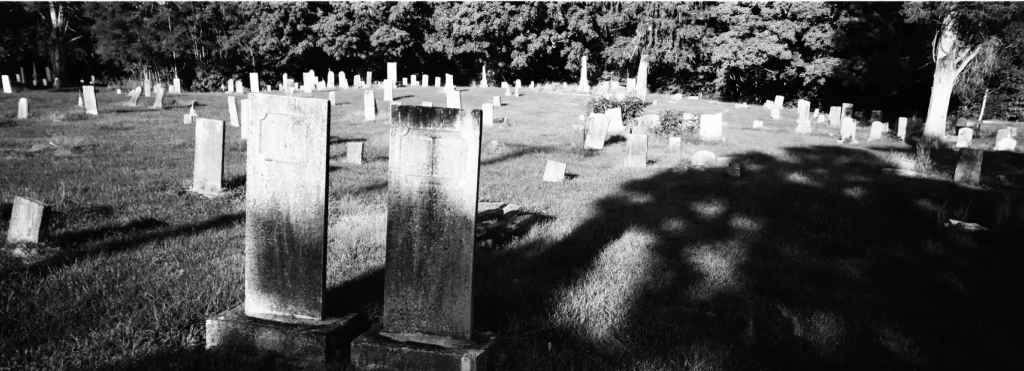
Final thoughts…
This is quite simply one of my favorite 35mm cameras of all time. I actually just sold my Leica M7 because it wasn’t being used. When I decided to shoot film and reach for a rangefinder, I pick up the X-Pan every time! There is a version two, for which the differences/improvements are minimal from what I understand. I can’t imagine what it could improve upon for me – the X-Pan is genuinely the first camera I’ve used in a decade where I’ve had little to no serious issues when shooting it.
There are a few drawbacks, the lens selection being the biggest. There isn’t any selection at all really, just 3 lenses and a external finder. Frankly I have more of a desire for the 90mm than the wide angle, but that’s just me. Little things such as the rubber grip, paint chipping/wear and the camera’s need for batteries, these do bother me, but they’re minor issues really. If the paint chipping bothers you to any great deal, you can get the Fuji version which is a pleasing champagne color and often has a wood grip. You can also get a wooden grip to replace the rubber one for the Hassie model, or make your own if you’re a bit handy.
In short, the Hasselblad X-pan is a one of a kind camera, nothing else is like it. Nothing. If you love shooting rangefinders, street, landscapes, or just love a great camera that offers you a different view on the world, you owe it to yourself to spend some time with one of these beautiful machines! If I had only one film camera to use the rest of my life, the Hasselblad X-pan might very well may be the one I’d choose!
Thanks to Hamish for letting me be a part of 35mmc, thank you for taking the time to read, and if you have any others questions, I’m sure I have other thoughts! Comment below and I’ll do my best to answer
You can also hit me up via Twitter.
– Jef
Just as a point of interest, check out this post where Hamish talks about mounting Nikon shift lenses on his X-Pan
Share this post:
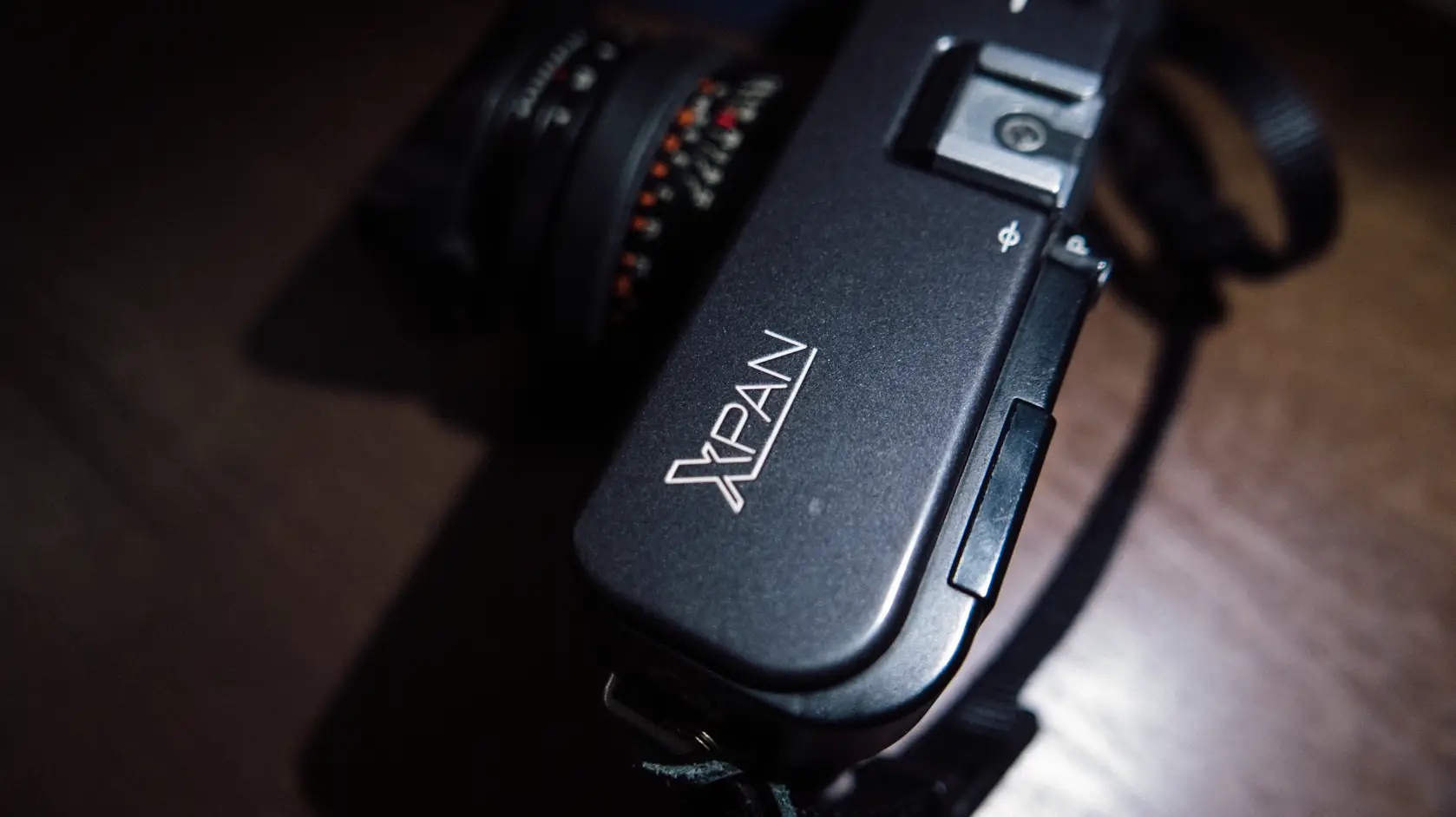








Comments
George Appletree on Hasselblad XPan – by Jef Price
Comment posted: 11/02/2017
I have it in a pretty case and when putting the batteries, a film in and that noise while photographs counter going on it's pure delight.
For those non familiar, the roll turns reversely, so if eventually shooting a half roll and loading it in some other regular camera they'll meet in the middle.
I shot a couple of infra red films, and no fog at all. Other than the slight corner vignetting like in b&w in some situations.
Always lovely to read about this camera! Nice shots.
Comment posted: 11/02/2017
Comment posted: 11/02/2017
Comment posted: 11/02/2017
Aukje on Hasselblad XPan – by Jef Price
Comment posted: 11/02/2017
Comment posted: 11/02/2017
Tom Price on Hasselblad XPan – by Jef Price
Comment posted: 11/02/2017
From one Price to another, I'm in total agreement with you. I bought an X-Pan last week from the Camera Museum (second-hand Hassy specialist store in central London) and while I've not got any film back yet, I've loved the new perspective you get when shooting with this camera. I ordinarily shoot environmental portraits, often in difficult environments, so build quality is especially important to me and the X-Pan is evidently built to last. I'm craving the 90mm, but interested to see how the 45mm will influence the way I photograph people. Granted, it's not the most obvious portrait camera, but I think the aspect ratio creates a really cinematic way of rendering people in a scene.
Looking forward to trying out some lighting with it. Thanks again for your review.
Tom
Comment posted: 11/02/2017
Steve Brett on Hasselblad XPan – by Jef Price
Comment posted: 11/02/2017
How great it is to see a fresh review of it in 2017 - just makes me want one again - but, I don't suppose it's ever likely to happen, oh well!
Comment posted: 11/02/2017
Ian Turnedge on Hasselblad XPan – by Jef Price
Comment posted: 11/02/2017
Comment posted: 11/02/2017
JFD on Hasselblad XPan – by Jef Price
Comment posted: 11/02/2017
Comment posted: 11/02/2017
Comment posted: 11/02/2017
tim on Hasselblad XPan – by Jef Price
Comment posted: 11/02/2017
Comment posted: 11/02/2017
Comment posted: 11/02/2017
Stéphane on Hasselblad XPan – by Jef Price
Comment posted: 12/02/2017
Keep on the great work!
David Mantripp on Hasselblad XPan – by Jef Price
Comment posted: 24/04/2017
The XPan II does have shutter speed and exposure compensation in the viewfinder, but looses the exposure compensation dial. You have to use the LCD with its horrible buttons. Having used both extensively since 1999, I'd recommend the I over the II, frankly.